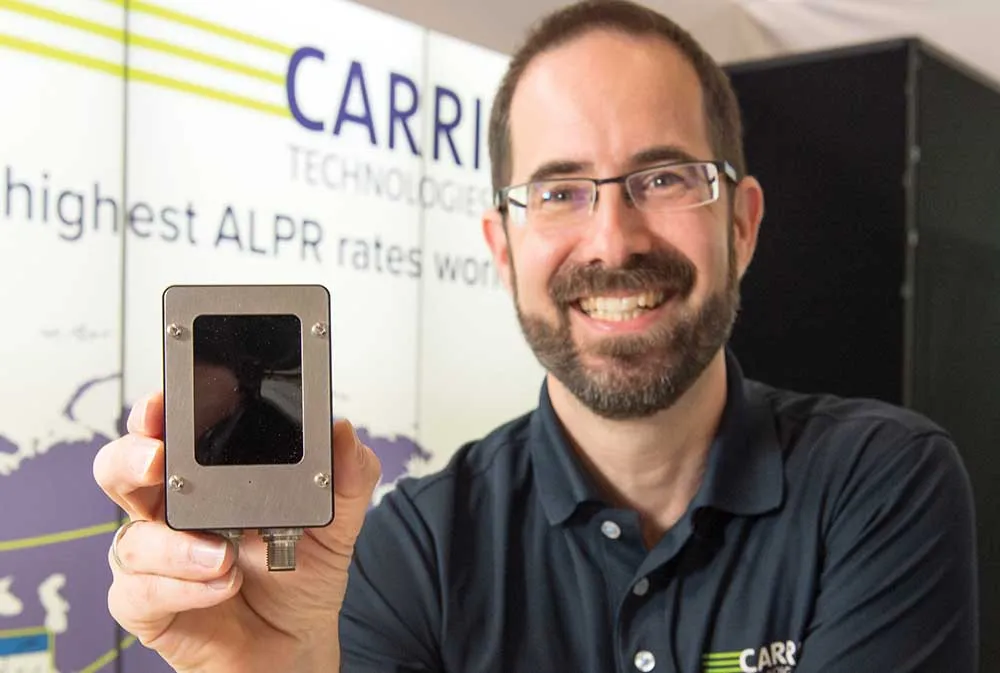High performance digital camera manufacturer Point Grey has introduced plug-and-play interoperability between its Flea3 USB3 Vision cameras and NI Vision acquisition software, vision builder for automated inspection (AI) and the LabView vision development module.
The USB3 Vision machine vision interface standard is designed to enable seamless integration between USB 3.0 cameras, cables and image processing libraries from different vendors. The standard defines a stream and control protocol, which leverages
October 7, 2013
Read time: 1 min
High performance digital camera manufacturer 541 Point Grey has introduced plug-and-play interoperability between its Flea3 USB3 Vision cameras and NI Vision acquisition software, vision builder for automated inspection (AI) and the LabView vision development module.
The USB3 Vision machine vision interface standard is designed to enable seamless integration between USB 3.0 cameras, cables and image processing libraries from different vendors.
The standard defines a stream and control protocol, which leverages the success of GigE Vision and GenICam by relying on a standard format naming convention (SFNC) to maintain consistency in functionality and attribute naming. Existing GigE Vision users will be able to seamlessly transition to USB3 Vision and vice versa.
The USB3 Vision machine vision interface standard is designed to enable seamless integration between USB 3.0 cameras, cables and image processing libraries from different vendors.
The standard defines a stream and control protocol, which leverages the success of GigE Vision and GenICam by relying on a standard format naming convention (SFNC) to maintain consistency in functionality and attribute naming. Existing GigE Vision users will be able to seamlessly transition to USB3 Vision and vice versa.









